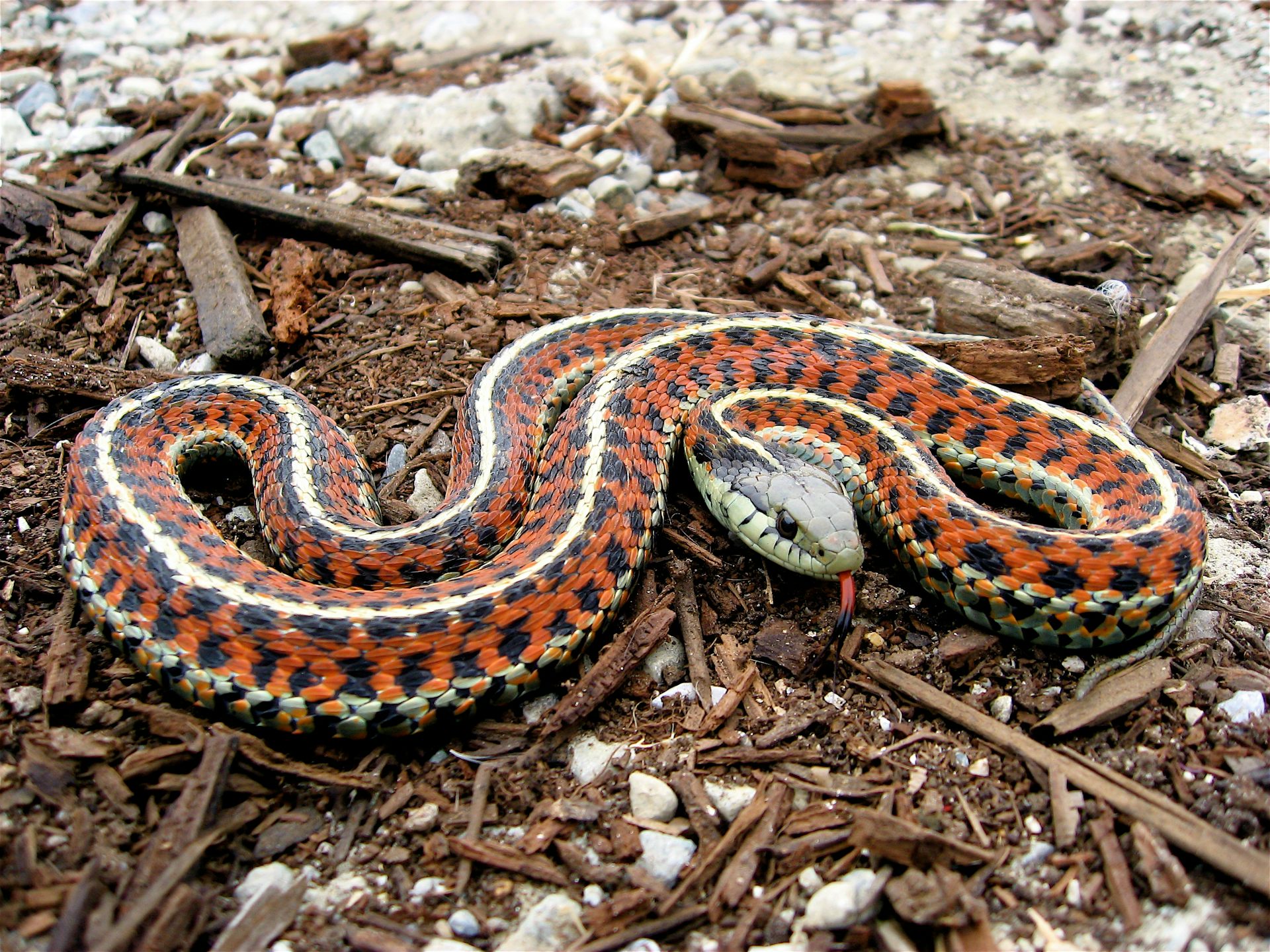Introduction
When it involves poisonous serpents, Australia is home to a few of one of the most interesting and harmful species worldwide. Amongst these, the Tiger Snake sticks out not just for its powerful poison but additionally for its interesting behavior. Comprehending the actions of venomous serpents like the Tiger Serpent is critical for both wildlife fanatics and those staying in locations where these snakes are present. This post looks into numerous facets of Tiger Serpent behavior, environment, identification, safety measures, and first aid practices in situation of a snake bite.
Understanding the Actions of Venomous Snakes Like the Tiger Snake
The Tiger Snake, scientifically known as Notechis scutatus, is infamous for its hostile nature when threatened. These serpents display a variety of behaviors that can be rather different from their non-venomous equivalents.
Characteristics of Tiger Snakes
The Tiger Serpent is conveniently well-known as a result of its unique bands or stripes that appear like a tiger's markings. They can vary in shade from yellowish-brown to dark olive or black. This coloration offers not only as camouflage yet also as a warning signal to prospective predators.
Adaptability to Environment
One amazing element of their behavior is their versatility to numerous atmospheres. Located mainly in coastal areas, marshes, and marshes throughout Australia and Tasmania, they can grow in varied habitats consisting of urban areas.
Hunting Techniques
Tiger Serpents are ambush killers largely eating fish, frogs, and tiny mammals. They possess keen vision and an acute sense of smell which aids them in locating victim effectively.
Venom Composition
Their poison has neurotoxins that impact the nerve system, leading to paralysis or fatality in smaller sized animals. For people, prompt clinical interest is critical after a tiger snake bite due to its potentially dangerous effects.

Natural Environment of Tiger Snakes
Preferred Locations
Understanding where these serpents reside clarify their behavioral patterns. The tiger snake habitat includes:
- Coastal regions Swamps Grasslands Urban areas with bountiful water sources
Seasonal Movements
During warmer months, Tiger Snakes are much more active as they indulge in sunshine or quest for food. In contrast, colder months see them pulling back right into hibernation sites.
Are Tiger Snakes Venomous?
Yes! The question "are tiger snakes poisonous?" usually arises among those unfamiliar with this varieties. Their venom is considered one of the most dangerous amongst all snake varieties https://privatebin.net/?c72173330db35f59#3YuEuFG9bN32dRZ67UYqLCNN6hhuSWvWeyXLJvQj847S worldwide.
Symptoms of a Tiger Snake Bite
If bitten by a tiger serpent, signs might include:
- Localized pain Swelling at the bite site Nausea and vomiting Sweating and confusion
Immediate clinical aid is important as without treatment attacks can result in serious health and wellness difficulties or even death.
First Help for Serpent Bites: Quick Response Guide
Knowing exactly how follow this link to administer emergency treatment for a serpent bite could save someone's life. Below's what you should do:
Step 1: Continue to be Calm
Keeping tranquility helps decrease heart price which reduces venom spread.

Step 2: Immobilize the Impacted Area
Keep the influenced limb still and below heart degree if possible.
Step 3: Call Emergency Situation Services
Always look for specialist clinical help instantly after a snake bite.

First Aid for Snake Bite Package Essentials
A fully equipped snake bite emergency treatment kit need to include:
- A compression bandage Antiseptic wipes A pair of scissors An ice bag
Safety Precautions: Avoiding Serpent Bites in Australia
Awareness Programs
Educating neighborhoods regarding regional snake varieties and their habits can dramatically minimize experiences bring about bites.
Avoiding Unsafe Areas
Staying away from lengthy turf during warmer months reduces call with serpents that might be relaxing or hunting.
Common Mistaken beliefs About Tiger Snakes
Many individuals think misconceptions about the actions of tiger snakes bring about unneeded anxiety. Right here are some explanations:
Myth 1: All Tigers Are Aggressive
Not all tiger snakes will show hostility if left uninterrupted; lots of choose fleeing rather than confrontation.
Myth 2: They Chase Humans
Tiger snakes do not proactively go after human beings; they may strike when they really feel endangered however will typically pull back if given space.
Conservation Initiatives Connected to Poisonous Snakes
Conservation efforts concentrate on informing communities concerning protecting neighborhood wild animals while decreasing human-snake interactions.
Importance of Ecosystems
Understanding that venomous snakes play a crucial role in maintaining ecological equilibrium assists foster admiration rather than anxiety in the direction of them.
FAQs Regarding Tiger Snakes
What needs to I do if I run into a tiger snake?- Maintain range and gradually back away without unexpected movements.
- While attacks aren't incredibly common as a result of awareness initiatives, they still happen yearly within Australia.
- Baby tiger serpents can provide full doses of venom in spite of being smaller; therefore caution is recommended around them.
- They largely eat frogs, fish, small animals like rodents, and various other reptiles.
- It's prohibited in most territories without appropriate licensing because of security issues concerning their venom.
- Wear tough boots and stay on marked routes; appearance before positioning hands or feet into concealed areas like rocks or logs.
Conclusion
Understanding the habits of venomous serpents like the Tiger Serpent not only improves our expertise yet additionally promotes safety and security awareness amongst those living near their environments. From acknowledging their qualities, understanding first aid methods following a bite, through involving conservation initiatives-- every aspect plays a vital role in cultivating coexistence with these interesting reptiles while appreciating their place within our ecosystem.
As we deepen our understanding via education and learning and experience, we contribute favorably toward guaranteeing both human safety and security and wild animals conservation-- profiting all parties involved!